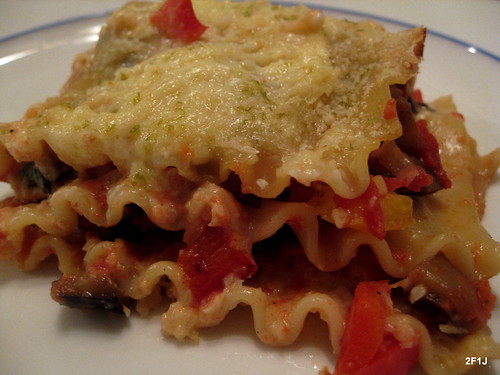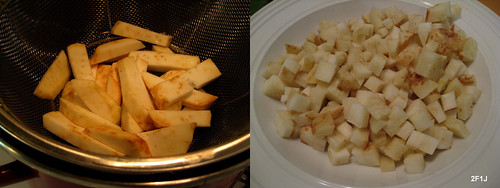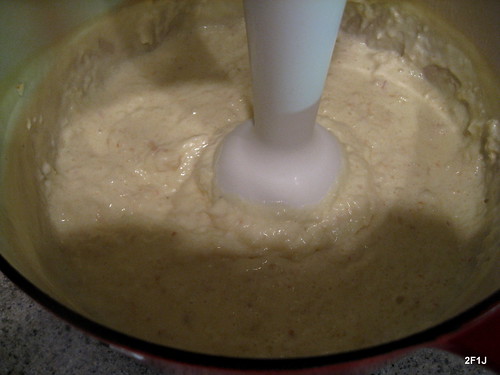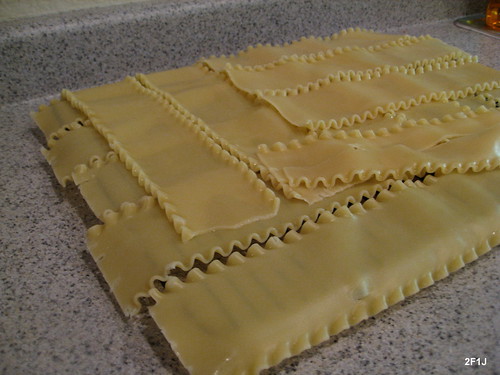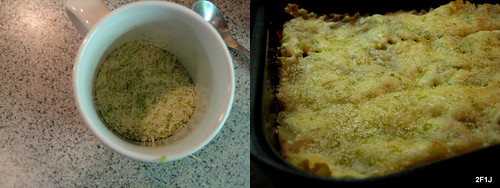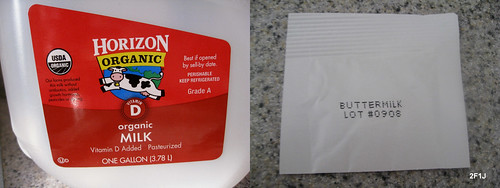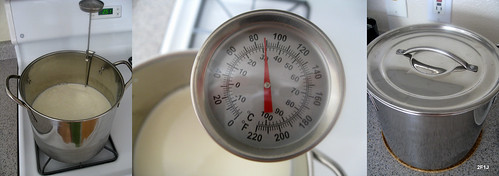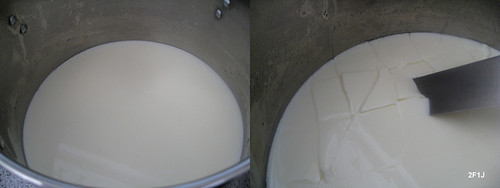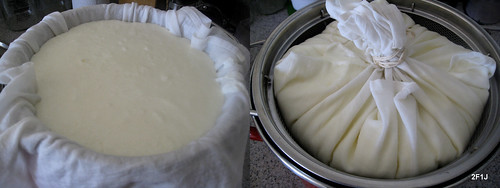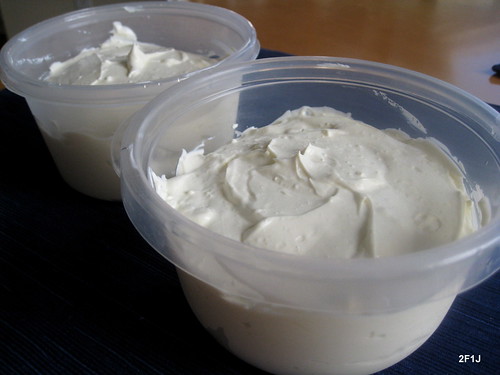Most people associate the warm weather and the laid-back life style of San Diego and California in general as one of the main perks to live here. There is no doubt that before we moved to San Diego we mainly associated these attributes with California and are still enjoying them daily. But over the years we also more and more savor the sheer abundance of outstanding local produce. The climate of California allows farmers to grow many different types of produce year-round, and San Diego itself is one of the best places to live for outstanding local produce. According to the San Diego County Farm Bureau San Diego had in 2009 more than 6680(!) farms with most of them between just 1-9 acres which is more than any other county in the US. San Diego County is also the largest community of organic growers in the nation with 374 organic farms. Some of the well known farms have also gained a high reputation outside of San Diego, like Be Wise Ranch, Suzie’s Farms and most prominently Chino Farms.
Many restaurants started to use more and more local ingredients and to cook seasonally. Over the last few years this whole movement took off, and now pretty much every relevant restaurant claims to follow this locavore trend of using local and sustainable ingredients. When we cook at home we try to use fresh produce as much as possible but it’s not always easy to also use local ingredients. We often don’t have the time to go to one of the farmer’s markets which are the best option for local produce. Fortunately some of the local markets like WholeFoods started to include a section dedicated to local produce. On a recent visit the selection included fresh local produce from places like Be Wise Ranch, Sun Grown Organics, Aviara Farms, Stehly Farms, Suzie’s Farms and Sage Mountain Farms. Seeing this great variety of local produce we decided to use it in one dish– Ratatouille Lasagna with Celery Root Crème. Besides the pasta and Parmesan cheese all ingredients were local or at least came from somewhere in California.
Ratatouille Lasagna with Celery Root Crème
Cooking with local produce
Ratatouille is always a good choice to showcase outstanding fresh produce but since it is mainly used as a side dish we wanted to make it more substantial by including it into a lasagna dish. What really made this dish special was the béchamel sauce which was based on celery root. Celery root is one of these vegetables which are underappreciated and most people only know it, if at all, raw in a salad. But celery root is a versatile ingredient which is can also be used in soups, purees, casseroles or sauces. Its taste reminds of celery but has a more subtle, round flavor which stays more in the background. We served the lasagna with a salad of local heirloom tomatoes and cucumbers.
Clean celery root, peel and cut in small pieces. Steam for 15 minutes, cool and dice.
Heat butter at medium heat and cook onions for two minutes. Add flour and cook for two minutes with continuous stirring.
Slowly add milk and cream and cook for 15 minutes at medium heat.
Add diced celery root and puree with immersion blender until creamy. Season to taste with lemon juice and salt.
Cook lasagna sheets al dente, rinse with cold water and drain the pasta.
Heat oil at medium heat, add shallots and garlic and cook for two minutes. Add zucchini, eggplant, bell pepper and chili and cook for 4 minutes until vegetables start to soften. Season with salt and pepper and remove vegetables from pot.
Add diced tomatoes with juices to empty pot and thicken by cooking for 6 minutes. Season with salt, pepper and some sugar and mix with vegetables.
Coat the bottom of an oiled casserole with celery root crème, cover with a layer of lasagna sheets, add some celery root creme and add half of the vegetables.
Repeat everything starting with the second layer of lasagna sheets and finish with some celery root crème. Bake in a preheated oven at 200C/400F for 25 minutes.
Mix parmesan with lime zest and sprinkle over lasagna. Bake lasagna for 10 minutes until golden yellow.
Recipe adapted from “Essen & Trinken”
Serves 4-6
250 g (9 oz) celery root
1 small onion
2 tbsp butter
30 g (1 oz) fluor
300 ml (1.25 cups) milk
150 ml (2/3 cups) whipping cream
2 tbsp lemon juice
8 lasagna sheets
1 can (28 oz) diced tomatoes
300 g (11 oz) zucchini, diced
300 g (11 oz) eggplants, diced
1 red and 1 yellow bell pepper, diced
2 shallots, minced
2 garlic cloves, minced
1 red chili, minced
6 stems basil, minced
4 tbsp olive oil
Sugar
30 g (1 oz) Parmesan, freshly grated
Lime zest, from 2 limes
